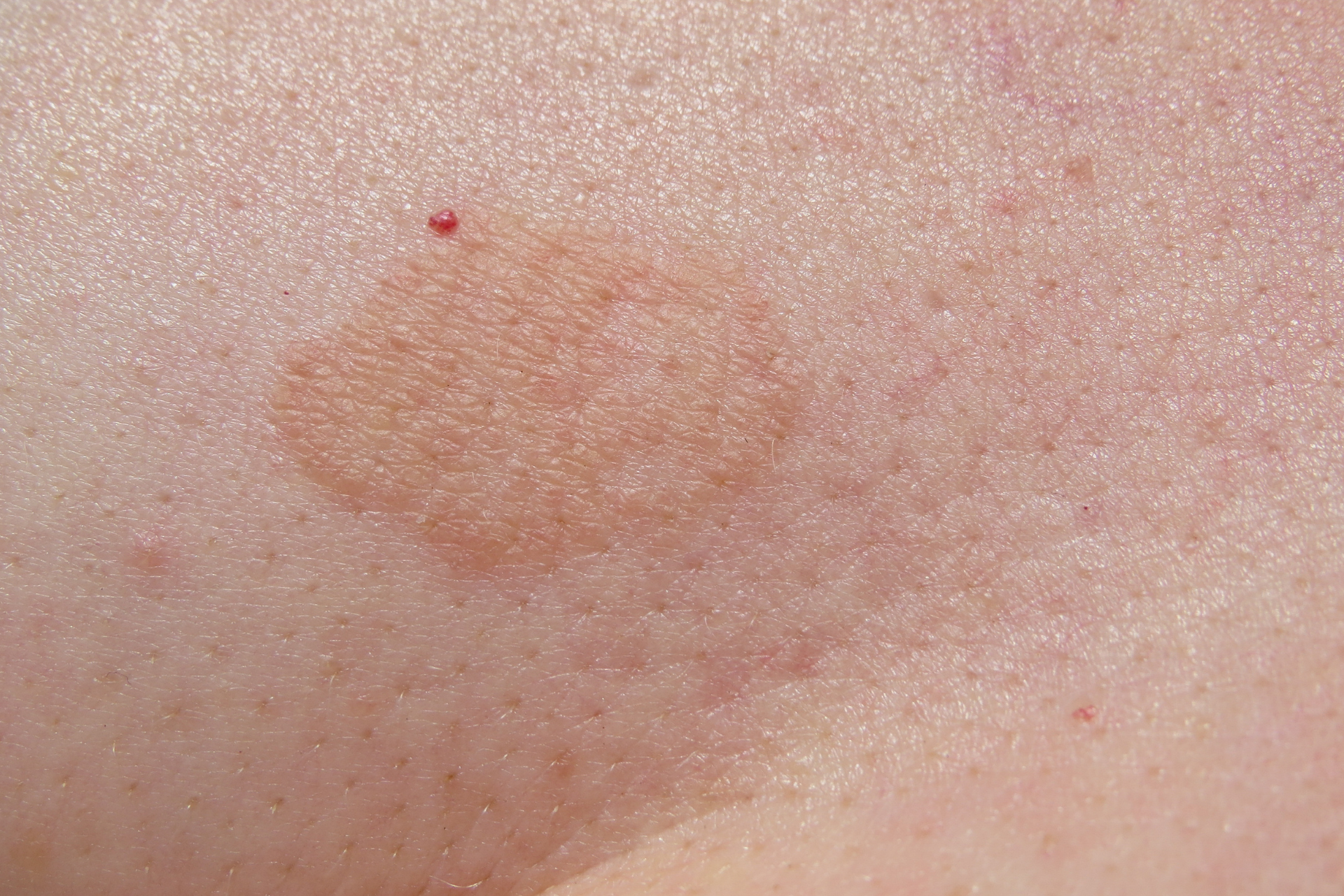How to Recognize and Treat Fungal Skin Infections

As the largest organ of the human body, the skin plays a vital role in protecting us from external factors and maintaining our overall health. However, our skin is also susceptible to various infections, including fungal skin infections. These infections can affect anyone at any age and can present with a range of symptoms. Recognizing the signs and understanding how to treat fungal skin infections is crucial in maintaining healthy skin.
What Are Fungal Skin Infections?
Fungal skin infections are caused by different types of fungi that thrive in warm, moist environments. These infections can occur on various parts of the body, including the feet (athletes foot), groin area (jock itch), scalp, nails (fungal nail infections), and other areas with skin folds. Common symptoms of fungal skin infections include itching, redness, scaling, rash, and in severe cases, blistering or peeling of the skin.
Recognizing Fungal Skin Infections
Identifying a fungal skin infection early is essential for effective treatment. If you notice any of the following symptoms, it is important to consult a healthcare provider, such as Fall Creek Skin and Health Clinic, for a proper diagnosis:
1. Itchy or Burning Sensation:
Persistent itching or burning on the skin, especially in areas prone to moisture and sweating, could indicate a fungal infection.
2. Redness and Rash:
Fungal skin infections often present as red, inflamed patches of skin with a rash-like appearance. These patches may be scaly or have raised borders.
3. Cracked or Thickened Skin:
If you notice your skin becoming thickened, cracked, or discolored, particularly on the feet or nails, it may be a sign of a fungal infection.
Treating Fungal Skin Infections
Treatment for fungal skin infections typically involves antifungal medications, either in the form of topical creams, lotions, or oral medications, depending on the severity of the infection. Here are some tips for treating fungal skin infections effectively:
1. Keep the Affected Area Clean and Dry:
Maintaining good hygiene and keeping the affected area clean and dry is crucial for preventing the spread of fungal infections.
2. Use Antifungal Medications:
Topical antifungal creams and ointments are often prescribed to treat fungal skin infections. Ensure that you follow the prescribed treatment regimen as directed by your healthcare provider.
3. Avoid Tight Clothing:
Wearing loose-fitting, breathable clothing can help prevent moisture buildup and promote healing.
4. Practice Good Foot Hygiene:
For fungal infections on the feet, such as athlete's foot, make sure to keep your feet clean and dry, wear moisture-wicking socks, and avoid walking barefoot in communal areas.
5. Consult a Healthcare Provider:
If over-the-counter treatments do not provide relief or if the infection worsens, seek medical attention from a healthcare provider, such as Fall Creek Skin and Health Clinic, for further evaluation and treatment.
Conclusion
Fungal skin infections can be uncomfortable and unsightly, but with timely recognition and appropriate treatment, most infections can be effectively managed. By maintaining good hygiene practices, using antifungal medications as prescribed, and seeking medical advice when needed, you can help your skin recover and prevent future infections. Remember, your skin health is important, and seeking help from professionals like Fall Creek Skin and Health Clinic can ensure that you receive the care you need to keep your skin healthy and radiant.



Need Our Services?
Book a free consultation

Our promise is to offer high-quality medical attention at a fair price in a clean, friendly, and professional environment.
QUICK LINKS
BUSINESS HOURS
- Mon - Thu
- -
- Friday
- -
- Saturday
- Appointment Only
- Sunday
- Closed
All Rights Reserved | Fall Creek Skin and Health Clinic |
